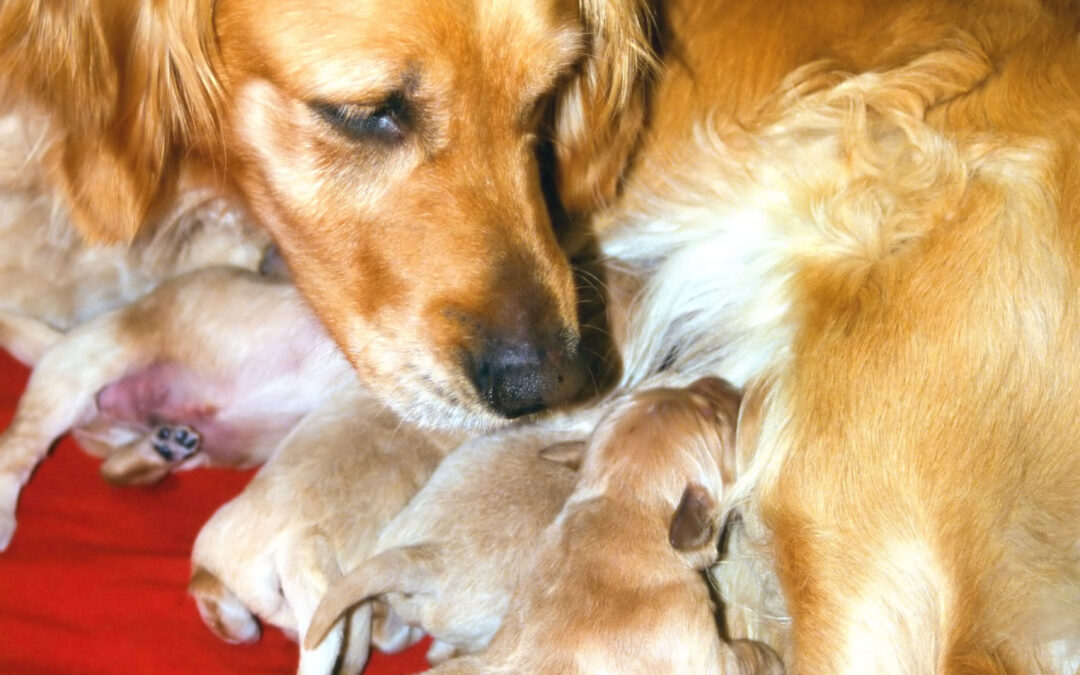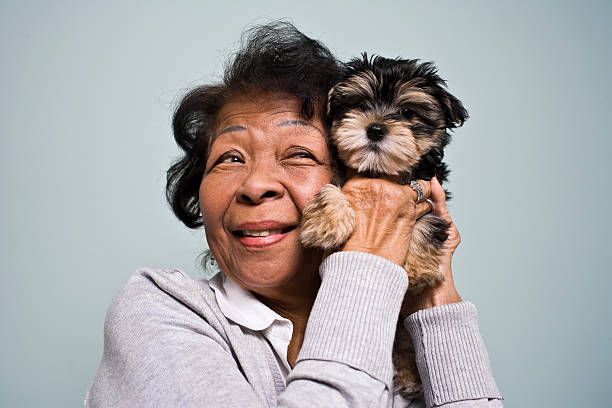Filter by Category: Behavior
Canine Body Language
Understanding dog body language can help you know when it is safe to approach or handle a dog. Green body language: non-fearful dog Body posture Relaxed “soft” muscles, weight evenly distributed, “loose” or “wiggly” body Tail Relaxed, neutral position,...Early Play in Puppies & Safe Toys to Offer v2
Quick Tips: Socialization and Early Exposure – Croney Research Group
Puppies need appropriate socialization during the sensitive period (between 3-14 weeks of age). A well socialized puppy will grow into a friendly adult dog and socialization will prevent fear-related behavior problems. Socialize puppies to people who are unfamiliar to...The Relationship of Adult Morphology and Early Social Signaling of the Domestic Dog (Canis familiaris)
Using puppies in 40 litters from 32 breeds, we investigated the relationship between the frequencies of behaviours (social signals), and the adult morphology of these dogs. Despite a high level of precision, no statistically significant relationships were found between the deviation of the adult morphology from the ancestral lupine morphotype and early social signalling in the dog.
Self-Reported Comprehension Ratings of Dog Behavior by Puppy Owners
Dogs show a range of behaviors that reflect their emotional state. It is important that dog owners recognize these behaviors to accurately assess their dog’s emotional state. We examined dog owners’ self-reported comprehension (SRC) of their dog’s emotional state. Eighty-nine participants attending puppy socialization classes at local veterinary clinics in the Melbourne Metropolitan area, Victoria, Australia, rated their comprehension of their dog’s emotional states (Happy, Sad, Anxious, Angry, Friendly Greeting, and Anxious Greeting) and listed the behaviors they used to judge the emotional state of their dog.





